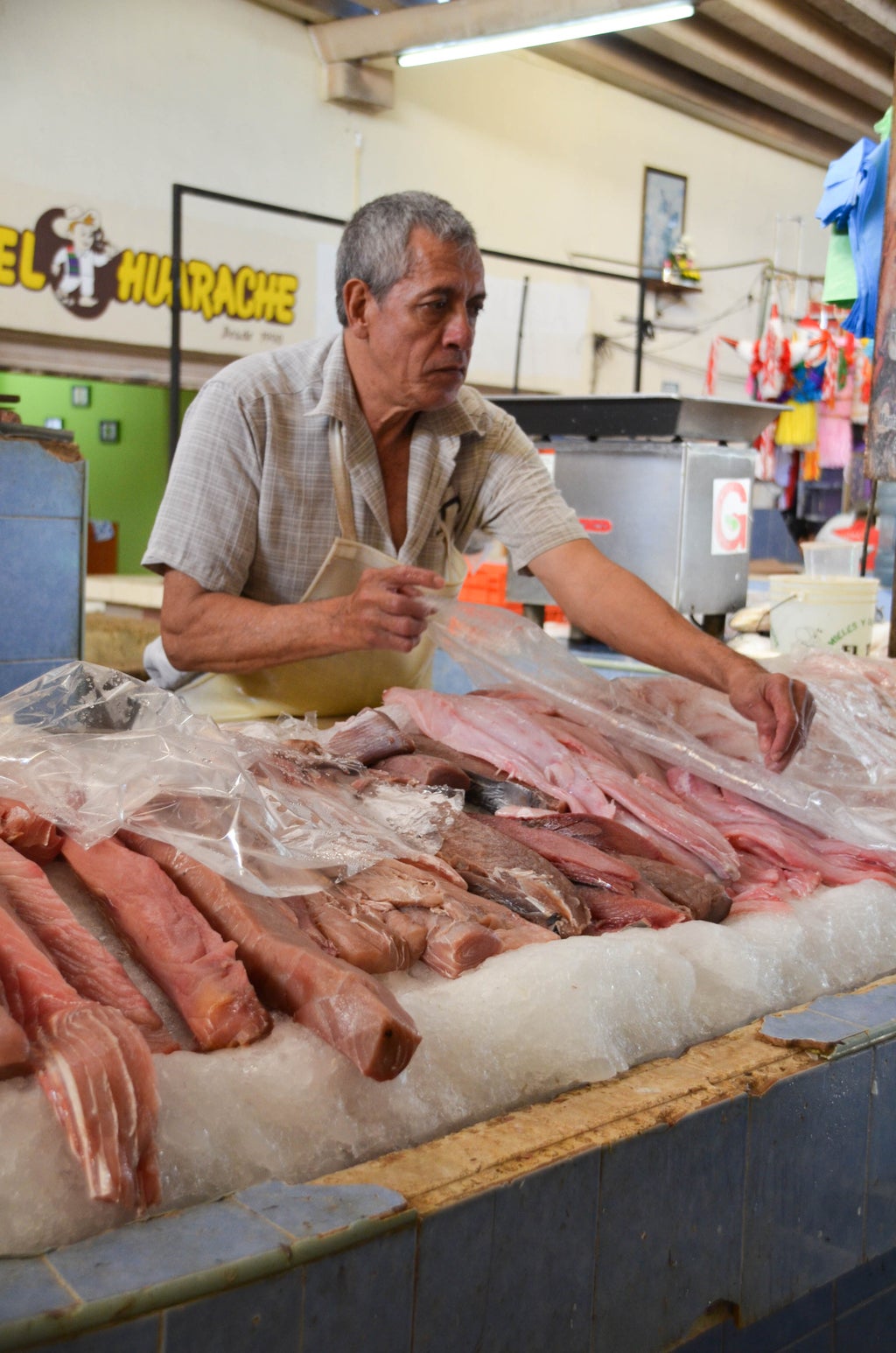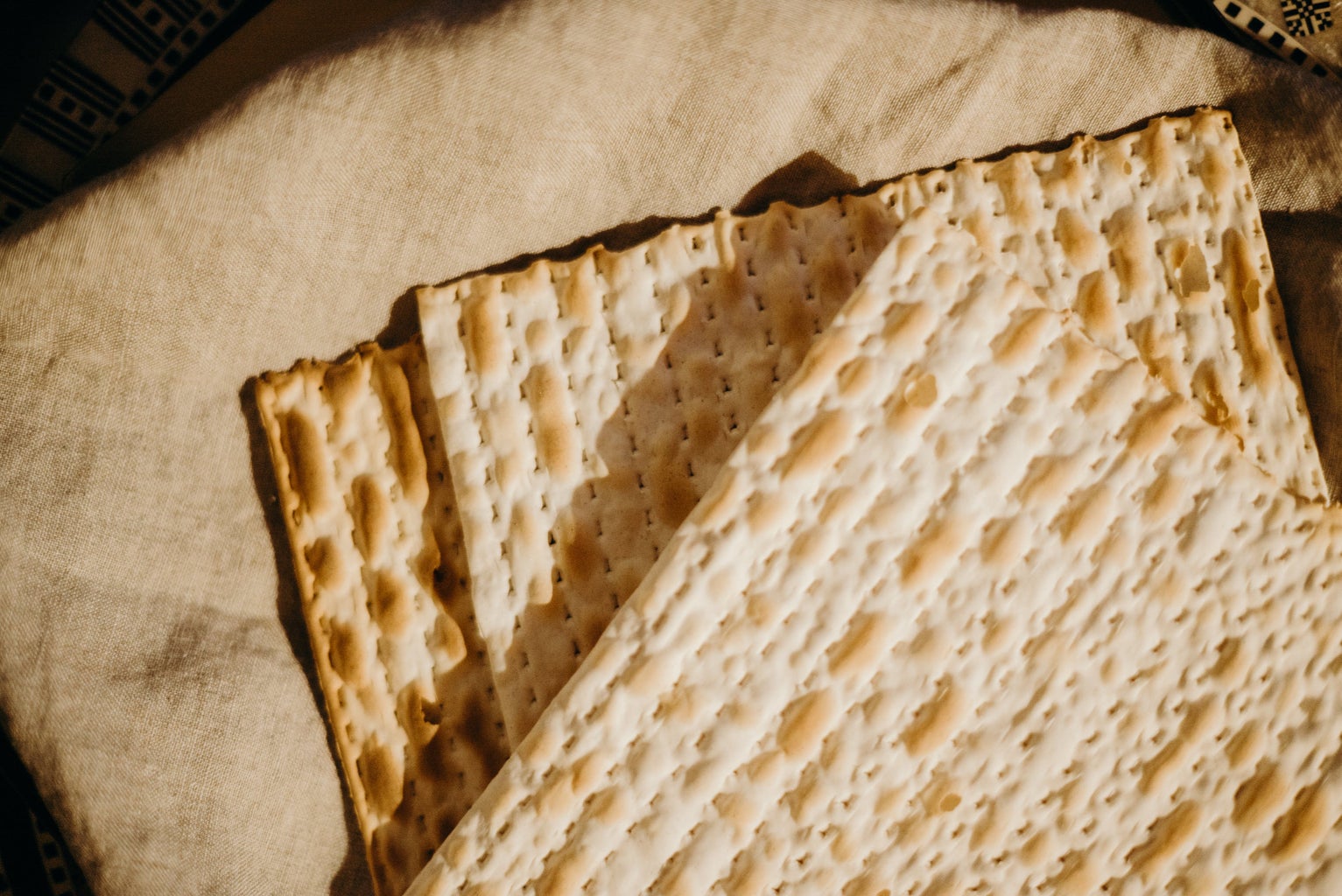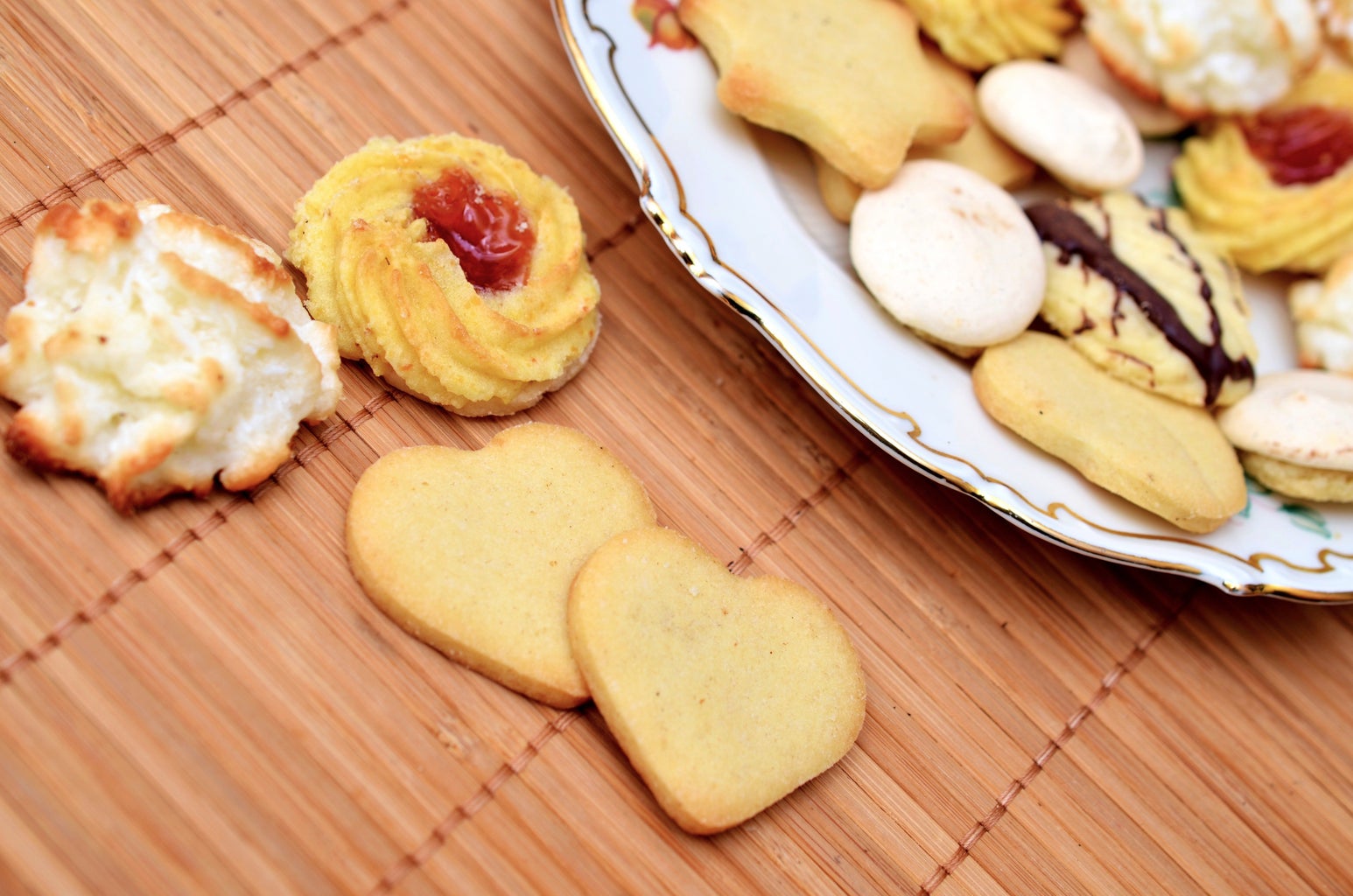Since quarantine hit in March, the charcuterie board has got quite a following. From charcuterie obsessed TikTok creators accruing thousands of views on their under-a-minute tutorials to charcuterie boards becoming the go-to food item of every date/gathering/event, it might be difficult to find someone who hasn’t taken part in this fun and tasty trend.
Although many of us have eaten or seen (probably on social media) a charcuterie board, you might still have some questions regarding this delectable appetizer. Where did charcuterie come from? Why are they so popular? And what should you include in a charcuterie board? No need to worry. My series, Charcuterie 101, has your back. Stay tuned for this weekly series on everything and anything you need to know about charcuterie boards.
In today’s article, we are going to discuss the charcuterie board’s origins and what it means in today’s world. Traditionally, charcuterie specifically referred to a method of preserving meats in 15th century France. The main goal of this cooking method was to extend the shelf life of meats, which was crucial in a time where refrigeration did not exist. Charcuterie preparation can vary, but the general strategy was to first cook the meat and then salt, brine, or smoke it to deter rotting.



While charcuterie has its origins in a strict series of food preparation techniques, the modern interpretation is more focused on food creativity and the expression of different palettes. Charcuterie culture today is about having fun with your food and the freedom to include whatever makes your tummy and heart happy. Whether you are making one for a social gathering, a romantic date, or just to eat by yourself, never forget to smile and enjoy the process.
Want to keep up with HCBU? Make sure to like us on Facebook, follow us on Instagram, check out our Pinterest board, and read our latest Tweets!



